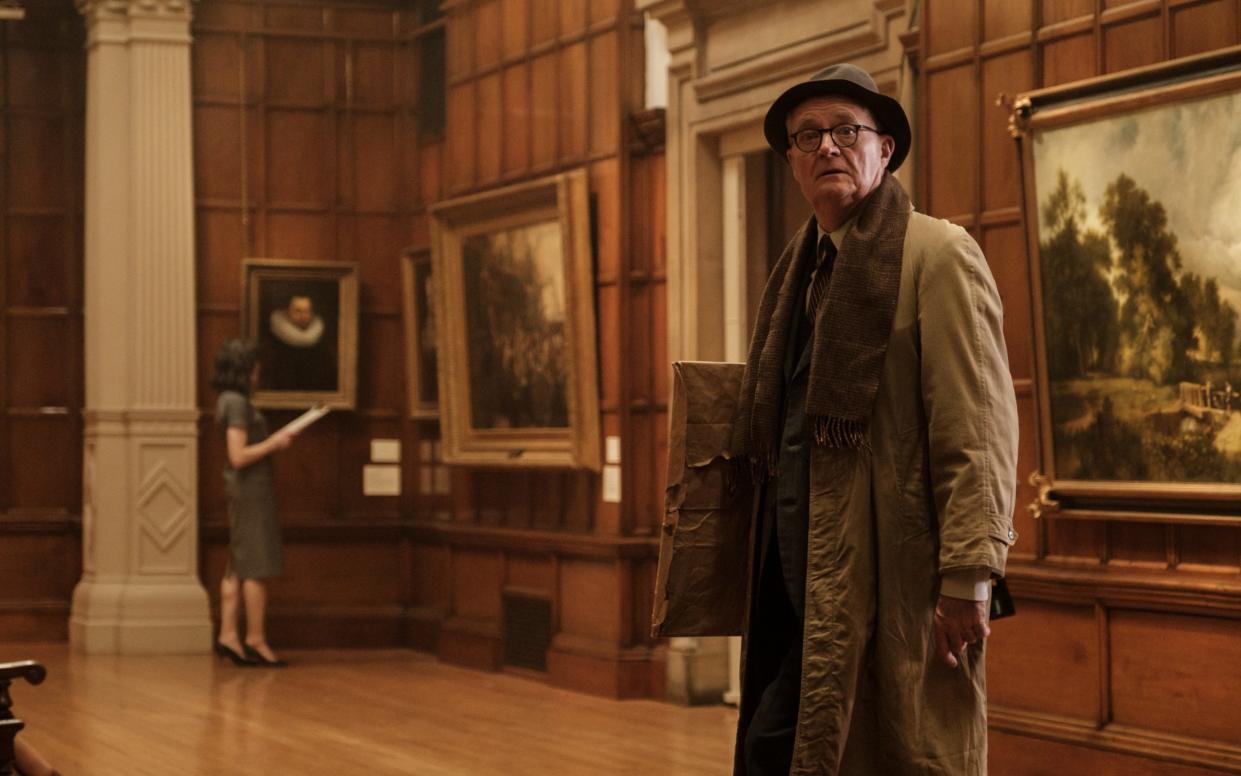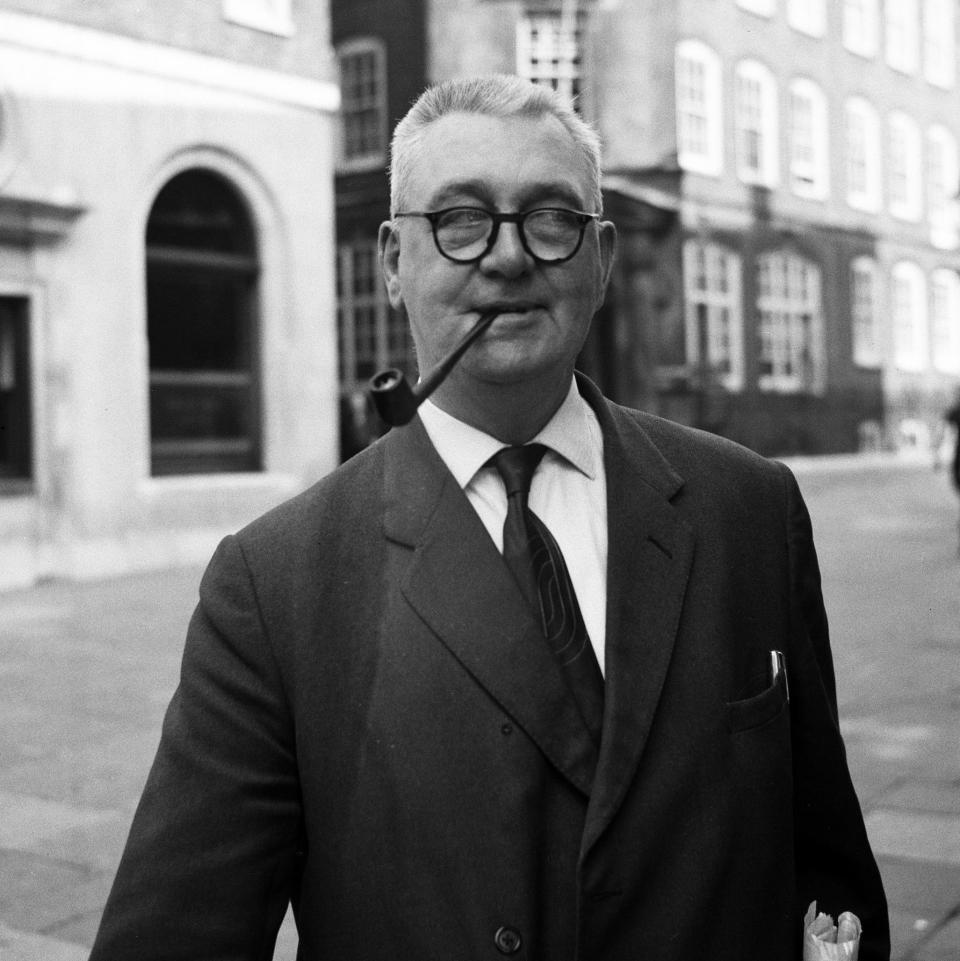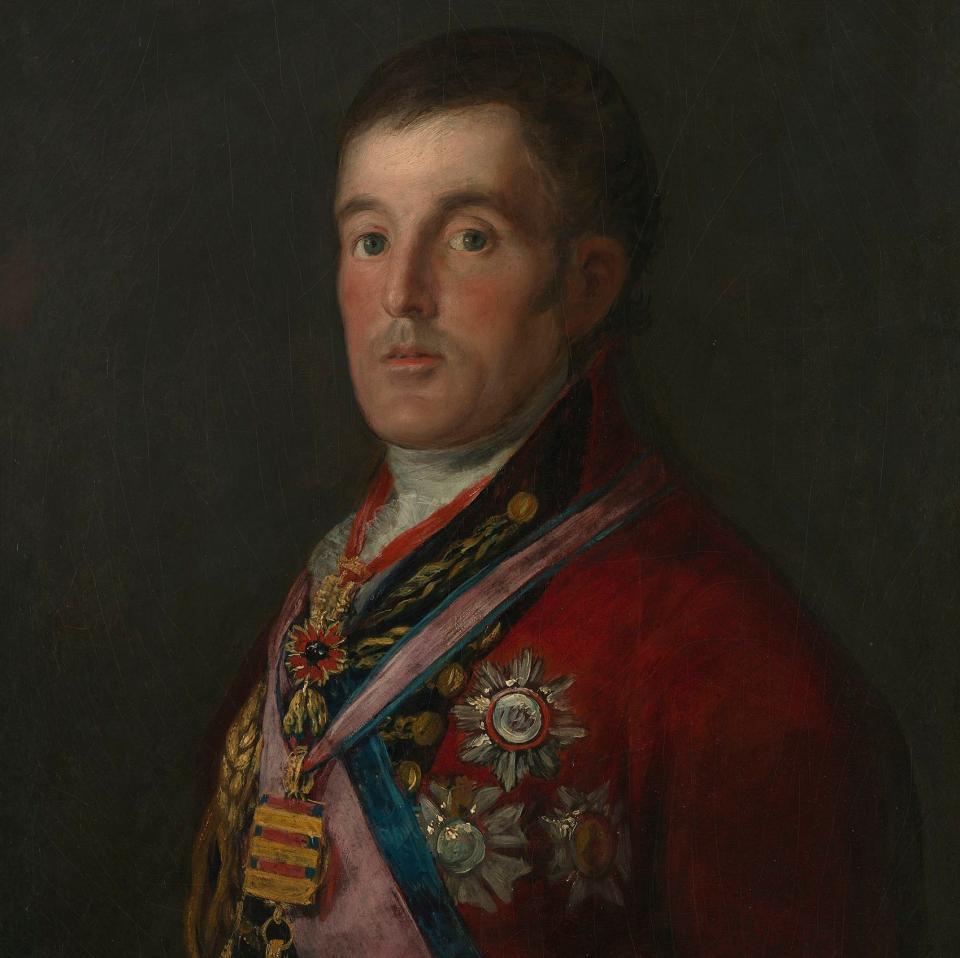Dr No gloating, Picasso under surveillance: the astonishing true story behind The Duke

It was a question of attribution. In August 1961, 19 days after going on display at the National Gallery in London, Goya’s Portrait of the Duke of Wellington was stolen. Who nicked it? Someone capable of defeating the newly installed infrared security system. Someone sufficiently nerveless to commit the first robbery on the premises in 138 years. “A maniac collector,” suggested one columnist.
The movies agreed. Dr No had Sean Connery’s James Bond discover the painting on display in the villain’s underground lair. But today, Roger Michell’s The Duke opens in cinemas and fingers the real culprit: a man called Kempton Bunton.
Bunton, as befits a character played by Jim Broadbent, did not dwell in an antique-strewn Caribbean bunker. He lived on Yewcroft Avenue in Newcastle-upon-Tyne, from which he planned the heist as a protest against the television licence fee. He concealed the painting in his wardrobe for four years, and then stowed it in the luggage room at Birmingham New Street Station, under the name of “Mr Bloxham”. All without the knowledge of his wife.
The Duke brings his story to the screen, perhaps too generously. Helen Mirren’s performance as Dorothy Bunton is a study in pain, but records suggest that life with Kempton was more awful than the film admits. When the crime was exposed and her husband given a short jail sentence, Mrs Bunton hid herself away. “I had to go to the doctor and I’ve been on a sedative,” she told the Newcastle Journal in 1965.
In fairness to the filmmakers, the original case of the stolen Duke has more colour and complexity than one 96-minute movie can encompass. Bunton’s theft coincided with a rash of art robberies on the French Riviera, in which a gang from Marseille loaded up their van with Cézannes. Many of these paintings were, like Wellington’s portrait, returned to the police. The thieves left them under straw in a barn near Paris, with a note that read: “We beg forgiveness for having stolen these works of art. By giving them back, we hope our crime will be forgotten.”

At home, the response to the Goya’s disappearance was strangely ambivalent. More visitors turned up to see the blank space the painting had once occupied than had come to see the work when it was on display. Sir Gerald Kelly, a former president of the Royal Academy, declared that the painting was probably a fake anyway, and that the National Gallery should be grateful for the loss.
Historical alarm bells also went off: quite by accident, it seems, the Goya theft occurred, to the hour, on the 50th anniversary of the century’s most notorious art crime – the theft of the Mona Lisa from the Louvre on August 21 1911. Back then, Parisian detectives suspected the Modernist avant-garde, and arrested the poet Guillaume Apollinaire, releasing him after five days. (Picasso was also on their list.)
The Goya theft was similarly over-interpreted. An anonymous tipster put the blame on Canon John Collins, the anti-nuclear campaigner who had been arrested in Trafalgar Square a few days before the robbery.
This newspaper suggested that Bloxham, the false name given to the luggage room attendant at Birmingham New Street, implied that Scotland Yard should be looking for an Oscar Wilde fan. (Lady Bloxham is Jack Worthing’s Belgrave Square tenant in The Importance of Being Earnest.)
The Duke’s portrait has now been safe in the National Gallery for 57 years, but what happened to the Goya that James Bond found in the living quarters of Dr Julius No? It was painted by the production designer Ken Adam, using a projected transparency supplied by the Gallery.

Adam had a personal insight into megalomaniac taste. A Jewish refugee from Germany, he had seen the Nazis make life impossible for his father, the owner of a sports-goods store in Berlin. His sets for James Bond villains – the shark-tanks, the hollow volcanoes – were his way of demonstrating the vulgarity of the dictatorial mind.
He was always philosophical about the inevitable destruction of all his hard work. When the historian Christopher Frayling asked him about the fate of his fake Goya, he replied: “Lost in Pinewood somewhere, I think.”
Adam was always at pains to point out, however, that it wasn’t his idea to put the painting in the lair. The joke belonged to Johanna Harwood, the screenwriter charged with reworking the film.
Harwood understood Bond. In 1959 she’d written a short story for Nursery World about the young 007 playing snap, Casino Royale-style, with his nanny. Ian Fleming wrote her a complimentary note. Terence Young, however, was rudely dismissive of her talent. “We gave her script credit,” he once said, “and she became a fairly well-known writer for about one year until they found out she was not really a writer.” The film historian Melanie Williams is on her case. “We don’t know the full extent of her work on the Bond films,” she says, “but I suspect it is substantial and there are a lot of credit-grabbers after the fact once it’s a hit franchise.”
Not all art theft, it seems, carries a sentence.Harwood is still with us. Now in her nineties, she lives quietly on the French Riviera. If that painting was lost in Pinewood, I hope she found it, and put it on her wall.

 Yahoo Movies
Yahoo Movies 
